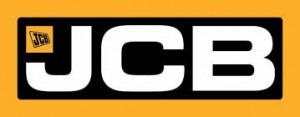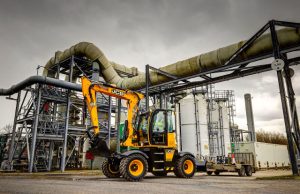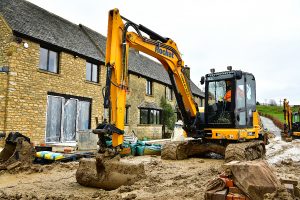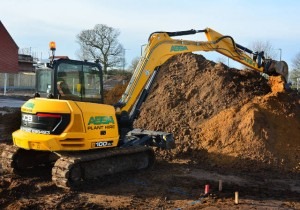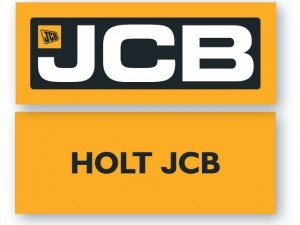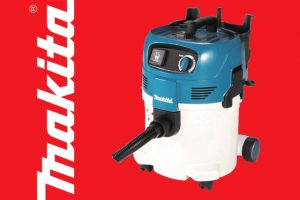Nail guns are a modern addition to a carpenter’s toolbox that have made roofing, framing, and a wide variety of jobs easier and faster than they were ever before. Nail guns can shoot nails into all kinds of materials, ranging from thin wood panels to concrete blocks. While the principle behind all power nailers is the same, there isn’t a singe nail gun out there that works for everything. Nail guns differ in the size of the nails they can use, the applications for which they are designed, and the power source which they use. Some features are common to all high-quality nail guns, regardless of the application, while other features as specially designed for unique situations.
Perhaps the most important rule in nail gun safety is to use the nail gun for only the purpose for which it is designed. Choosing the correct nail gun for the job is essential. In order to choose and buy the right nail gun, a shopper should know about the different types of nail guns, the benefits and disadvantages of various power sources, features found in quality nail guns, specifications that one should check before buying, and where to purchase a decent nail gun.
Nail Gun Types
Nail guns are generally categorised by the application for which they are designed. There are six basic applications which correspond to different nail sizes and diameters.
Framing nailers
Framing nailers are heavy-duty nail guns capable of shooting nails with a 2.8 mm diameter into practically any kind of wood. These low-gauge nails are used in construction when they have tp bear a load, such as framing a building.
Roofing nailers
Roofing nailers are mean to use special roofing nails. They often have coil magazines instead of the straight ones, because the coils can hold more nails. Roofing nailers are often made to be lightweight and easy to handle on a roof.
Finish Nailers
Finish Nailers use higher gauge nails that are used in woodworking and furniture making. These may or may not countersink the nails, and different models accept different nail head shapes. As with other tools, there is some overlap among brands regarding the type and size of nails that can be used with a certain finish nailer. A common finish nailer is the 16-gauge nail gun.
Flooring Nailers
Flooring nailers are shaped so that they stand on the floor and shoot nails at exactly the correct angle for installing hardwood floors. There are flooring cleat nailers as well as flooring staple guns. Cleat nailers work better for denser woods like bamboo.
Staple Guns and Brad Nailers
The finest kind of wood requires small brads that disappear into the wood while holding it in place. Brad nailers are used for mouldings and trim, and often use 18-gaauge nails. Another fine woodworking nail gun is the 23-gauge nail gun. This type of nailer is used for miniature doll houses, beadings, and mouldings on furniture. Staple guns are useful when a nail alone cannot do the job, for example, with upholstery and light fencing.
Concrete Nail Guns
These are the most powerful nail guns, as they shoot nails into concrete. These are generally only used for industrial purposed, and are less common and less useful than framing nail guns. Please bear in mind that a more powerful nailer is not necessarily the more useful one. A nail gun that is too powerful for a given application can shoot nails completely through a softer material, and is a serious safety hazard.
Nail Gun Power Sources
There are three basic ways yoou can power a nail gun. The pneumatic gun gets power from air pressure. The cordless electric gun uses a battery and gas, and the electric nail gun uses mains power. Each of them has their own benefits and disadvantages, which shoppers should know about prior to purchase.
Pneumatic Nailers
Pneumatic guns require an air compressor which has to be bought separately. The air hose is somewhat inconvenient and one has to make sure the right connectors are used to give the nailer greater freedom of movement. They normally take a little while to get started, but apart from these drawbacks, they are normally reliable and powerful.
Cordless Electric Nail Guns
The cordless nail gun is the answer for anyone who finds the cord to be a liability when working. This type of nail gun uses gas to shoot the nail out of the gun. The gas is ignited by a spark from the battery. One drawback is the need to recharge the battery, but you can easily get around without a problem by having a back-up battery, and a 60-minute charger. The other drawback is that they are more expensive to operate due to the fuel canisters that have to be replaced.
Electric Nail Guns
Purely electric nail guns are only made for very small nails like brads or staples. They are not powerful enough for bigger nails, and are most;y used by hobbyists in building scale models. These guns are corded and run off mains power.
The following table summarises the benefits and drawbacks of each nail gun type:
Nail Gun Type |
Benefits |
Disadvantages |
|---|---|---|
| Pneumatic | Reliable, powerful | Air hose tangling, slow start-up, requires air compressor |
| Cordless Electric | Cordless, convenient | Expensive, requires recharging |
| Electric | Inexpensive, not bulky | Only useful for brads and staples |
As the table shows, pneumatic nailers are the most useful for large-scale construction projects like roofing and framing. Cordless nail guns can be useful for finishing and smaller scale projects, while electric nail guns are most useful for small indoor projects like scale models and furniture.
Nail Gun Features
Although nail guns vary widely in terms of their applications, there are some features common to almost all nailers. One should know the options regarding each of these features before buying a nail gun. For example, a shopper has to choose between two magazine styles and three trigger types. There are also some other features that make nail gun maintenance and use much easier.
Magazine Styles
The magazine of a nail gun holds the nails that are fed into the gun. There are straight magazines and coil magazines. Coil magazines hold a much greater capacity of nails, making them great for big projects. On the downside, they weigh more than straight nailers. Both coils and straight nail ‘sticks’ can be angled at various angles. Make sure the refill nail cartridges match the angle of the nailer, and check that finding the appropriate refill is not a problem before buying any nail gun.
Trigger Types
The vast majority of nailers have two trigger areas. One is the tip of the gun which has to be depressed against the material that needs to be nailed. The other is the trigger which is depressed by the index finger. The issue is whether the triggers have to be depressed in a certain order or not. Contact triggers allow the user to hold down the trigger and tap the wood in order to release a nail. These are very dangerous since accidentally tapping the gun anywhere with the trigger depressed results in a nail being shot.
The safest trigger type is the sequential trigger. This type requires the tip to be depressed first, and then the trigger pulled. Pulling the trigger can result in nails being shot as long as the trigger is held (which can be difficult to learn to use, as the nails come out very fast) or a single nail being shot with each trigger pull. The latter is safer but more tiring for the user.
Adjustable Depth
Some nail guns can adjust the force at which the nail is shot. Some guns require a tool to change the nail depth, while others can simply be adjusted by hand.
Jam Clearing
All nail guns eventually jam up on you, causing delays and more stress. Look for a jam clearing mechanism which is easy to use. The nail gun feeding mechanism should be easy to disassemble in order to clear jams.
Dry Firing Lockout
Dry firing lockout stops the gun from firing when the gun is out of nails. This feature is most useful for inexperienced nailers who might not notice when the gun runs out of nails.
Specifications to Check When Buying a Nail Gun
Nail guns have specifications that must be matched exactly to the job they are used for. The following specifications should always be checked when buying a nail gun: compatible nail head types, driving power, nail angle, nail length and diameter ranges, magazine capacity, battery capacity if applicable, weight, and included accessories.
It is worth getting a good case at the same time as the nail gun in order to protect the gun from dirt and debris that can jam it. Some guns come with changeable triggers or other accessories.
